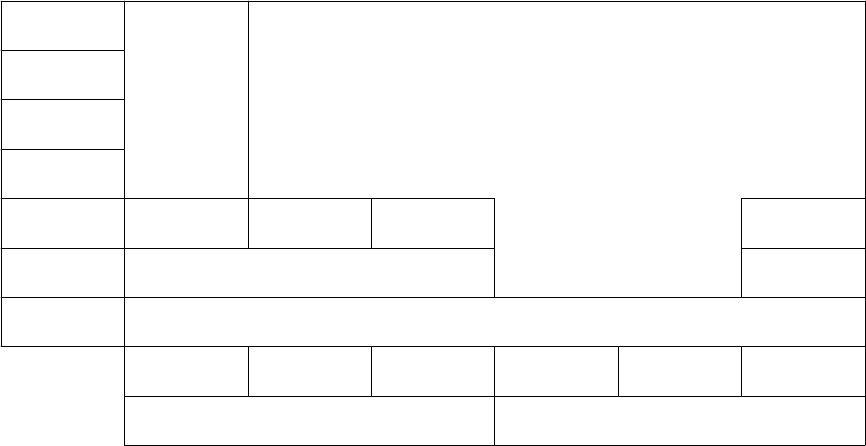Communications System Owner Manual
Table Of Contents
- Table of Contents
- ABOUT THIS DOCUMENT
- 1. INTRODUCTION TO CONNECTIVITY
- 2. COMMUNICATION SYSTEM NETWORKING (em AN OVERVIEW
- 3. TANDEM TIE TRUNK NETWORKS
- 4. MAIN-SATELLITE/TRIBUTARY (MS/T) NETWORKS THROUGH THE UDP OR MULTIPREMISES PACKAGES
- 5. ELECTRONIC TANDEM NETWORK (ETN) THROUGH THE ETN AND PNA PACKAGES
- 6. DISTRIBUTED COMMUNICATIONS SYSTEM (DCS)
- 7. DATA CONNECTIVITY - AN OVERVIEW
- 8. DATA COMMUNICATIONS CAPABILITIES
- 9. DATA COMMUNICATIONS CONFIGURATIONS
- A. RELATED DOCUMENTS
- B. SYNCHRONIZATION OF DIGITAL FACILITIES
- THE NEED FOR SYNCHRONIZATION
- SYNCHRONIZATION HIERARCHY
- CHANGES TO THE SCS SOFTWARE MADE AVAILABLE VIA SOFTWARE PATCHES
- NETWORK SYNCHRONIZATION AND ENGIINEERING
- AVAILABILITY OF SYNCHRONIZATION SOURCES
- CONCLUSIONS ON SYNCHRONIZATION
- USE OF GENERIC 2 AS A SYSTEM CLOCK REFERENCE
- USE OF GENERIC 1 AS A SYSTEM CLOCK REFERENCE
- C. TRUNKING TERMS AND CAPABILITIES
- D. COMMUNICATIONS PROTOCOLS
- E. LEAD DEFINITIONS
- F. NETWORKING FEATURES - AVAILABILITY MATRIX
- ABBREVIATIONS
- GLOSSARY
- INDEX

COMMUNICATIONS PROTOCOLS D-9
_ ______________________________________________________________________________________
_ ______________________________________________________________________________________
_ ______________________________________________________________________________________
Further
study( )
B Channel
Packet
switching
CCITT-ISO
OSI-related protocols
Leased
circuit
Circuit
switching
Telemetry
D Channel
Packet Signal
X.25
LAP-B
Layer 1 (I.430, I.431)
LAP-D (I.441)
X.25
Packet level
X.25
Packet level
Call control
I.451
End-to-end
user
signaling
Physical
Data link
Network
Transport
Session
Presentation
Application
Adapted from: Data and Computer Communications, by William Stallings, Macmillan Publishing Co., N.Y., 1988
Figure D-2. ISDN Protocols
Other Common Standards
In addition to standards formulated by the CCITT, many other standards are common. Most notable among
these non-CCITT standards are some of the most popular protocols at layers 1 and 2.
Layer 1 protocols include:
• RS-232C — A common physical interface used to connect DTE devices to voice-grade modems for use
in the public network.
• RS-449 — A replacement specification for the RS-232C specification. It was devised to overcome the
RS-232C distance restrictions and the lack of modem control that RS-232C procedures afford.
• RS-366A — A physical interface between a DTE and automatic calling equipment for data
communications.
Layer 2 protocols include:
• SDLC (Synchronous data link control) — An IBM protocol that has a 1 byte addressing field and is
capable of transmitting messages in multiple frames.
• HDLC (High-level data link control) — A very common bit-oriented standard issued by the ISO. It
features a multi-byte addressing field, but otherwise, is quite similar to SDLC, from which it was
derived.
• BSC (Binary synchronous communications) — An early IBM character-oriented, half-duplex protocol
that transmits messages consisting of strings of characters. Control information is provided by special
non-printing characters.










